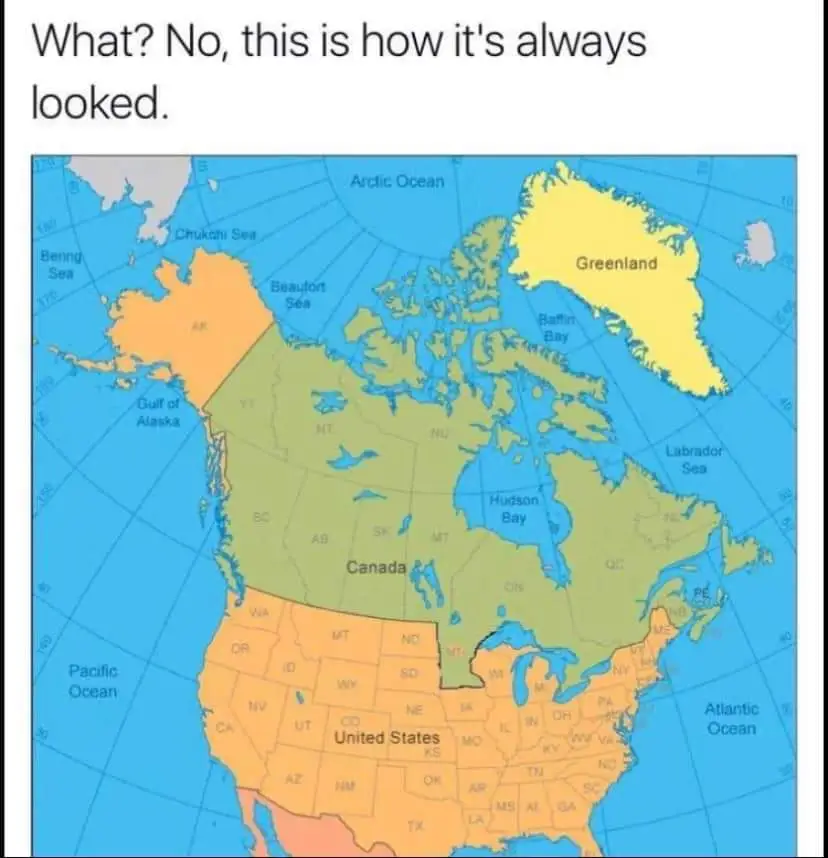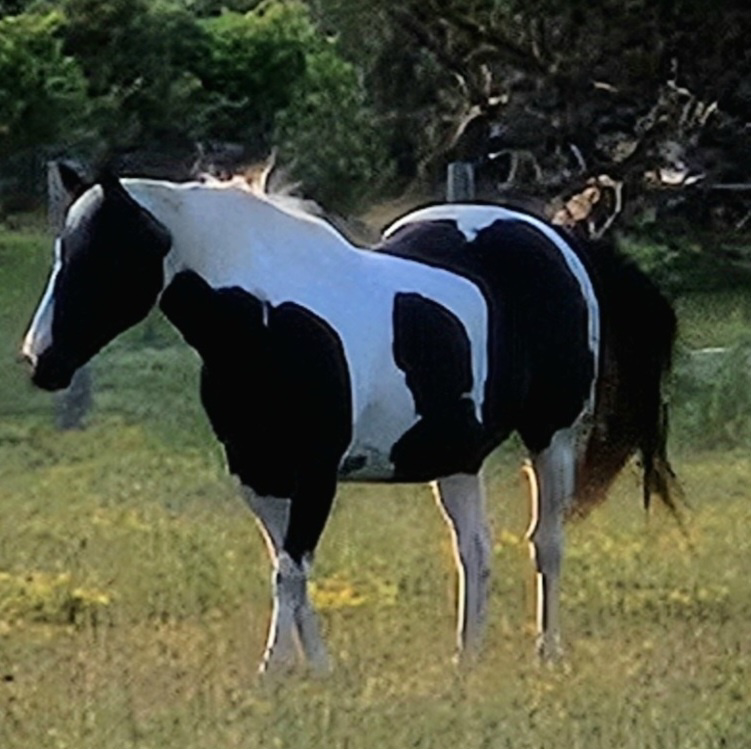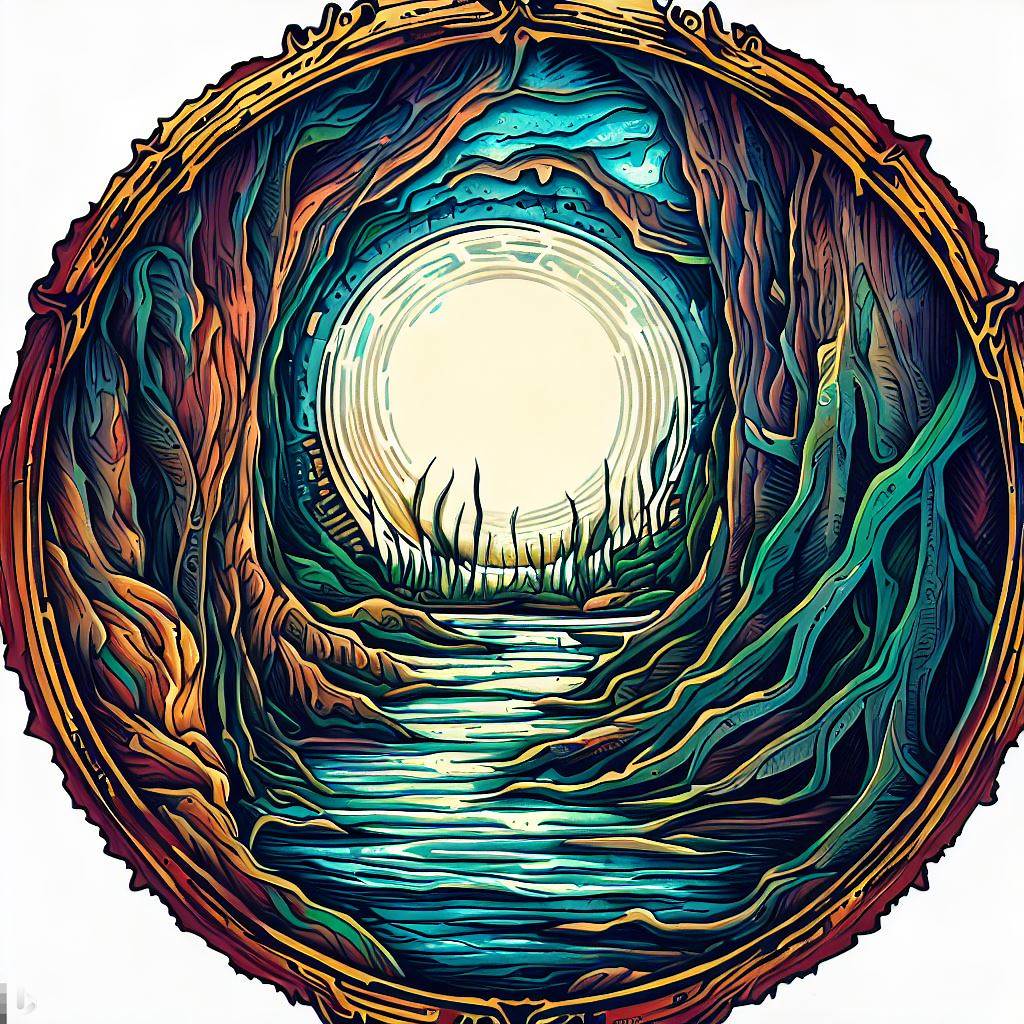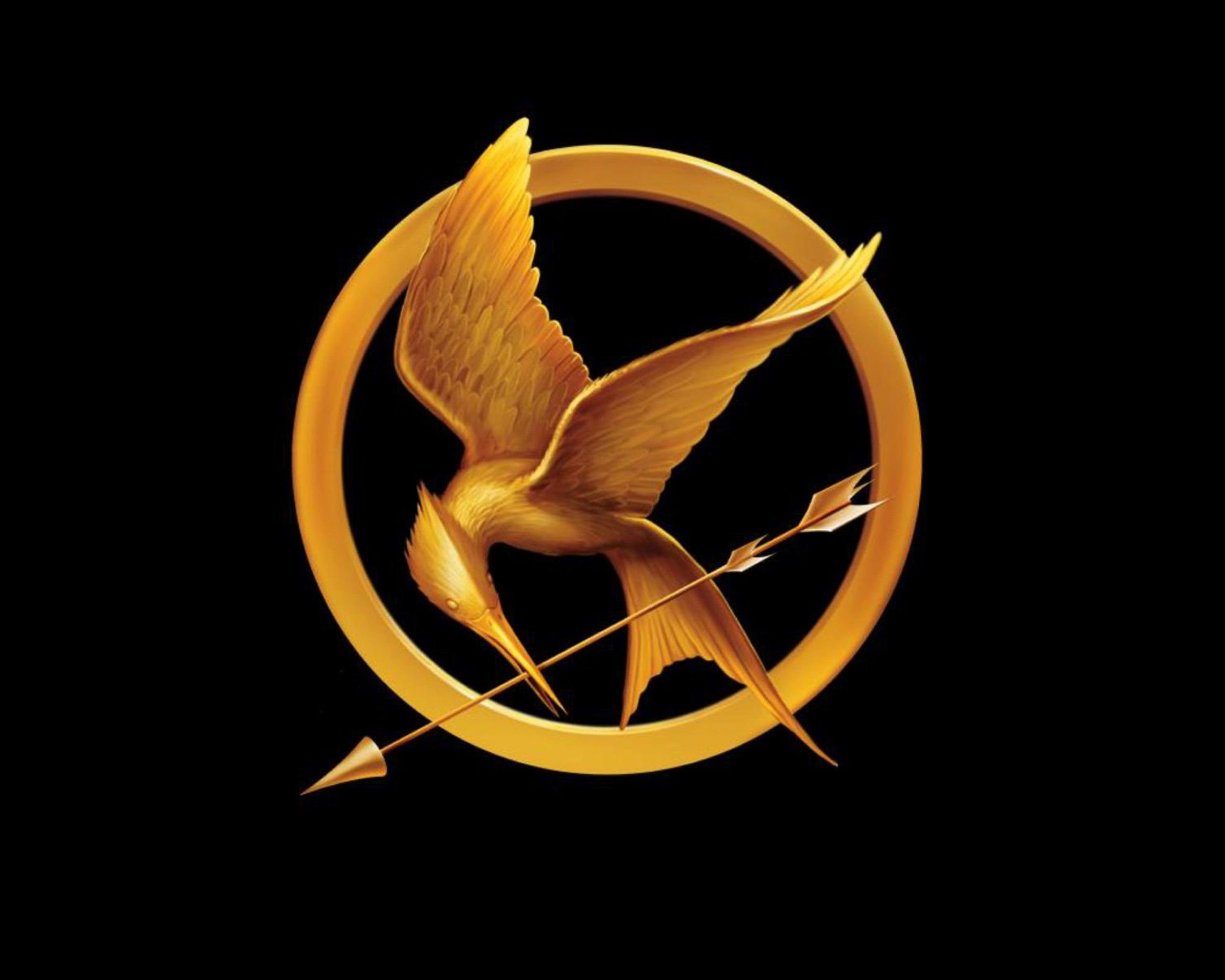If those Americans could read they’d be very upset.
I’d take offense if I could; but you’re right… I think… idk, I can’t think. I’m not upset, you’re upset!
What’s an up set?
Nothing, what’s an up set with you?
This line could’ve come out of Gob’s mouth
Oh my Gob! It’s adventure time… come’on grab your friends
I just use
30°C is hot, 20°C is nice 10°C is cold, 0°C is ice.
Obviously that won’t apply everywhere, but in milder climates it works pretty good.
And 40°C is the melting point of the human brain.
Which goes some way towards explaining some of the decisions happening in Florida, Texas and Arizona during their ridiculously hot summers…
I understand and appreciate your joke, but is it really? And I imagine that the bones and skin would melt first, right? Idk. I’ve never considered that someone could melt from the inside.
Not literally, no, but it can be very difficult to concentrate on anything else when you’re suffering under immense heat and a lack of concentration can lead to a figurative brain meltdown.
That being said, the brain is mostly fluid, fat and electric connections so it would DEFINITELY melt long before your bones.
Would have to be around 50-60°C for the 60% of it that’s fat to hypothetically melt if exposed directly to the heat rather than protected by the skull and cooled down by the blood, but that’s nothing compared to the 1670°C melting point of human bones.
Btw, I hope you’re happy with this reply since my Google search history looks rather grisly now 😂
Thank you kindly for your research! 😁
You’re very welcome 😁
Well, looks like, we have to test that. Any volunteers?
and 30C° is a typo
It’s the best way to think about it because if you’re always doing the calculation in your head you still always think in Fahrenheit first. Just get the feeling for Celcius instead of trying to shoehorn a worse system in (as a user of said worse system myself).
40 is dying 50 is dead
I guess, I am dying.
I’ve been dead a few times this summer.
What would you then call sauna temperatures which range between 80 to 120?
What’re ye units? Can’t know what ye measure unless ye specify! 🦜
All those are still shorts weather.
And it’s always helpful to remember that 40 below is 40 below, in both F and C.
(Whew, ninja edit so I don’t look like an idiot, on Reddit I’d already have six people correcting me)
“30°C is hot” - laughs in Texan
Texas is Hell though. Anyone who’s been there understands this. From the heat to the guns to the people, it’s far and away the least desirable or interesting place I’ve been to. Austin wasn’t terrible though.
Austin is the common “island of sanity” that happens with American cities. Is it enough to say in Texas… Not for me.
Don’t Texans just stay in air-conditioned buildings and vehicles all the time? I just saw a YouTube video where a guy in Texas was complaining that his air conditioning setup wouldn’t get the temperature below 76°F, which I found odd since I set the thermostat on my AC to 26°C (which is nearly 79°F.)
Yeah that’s absolutely a thing all over warm weather states in America. It drives me crazy that I try to acclimate to the higher heat and just end up inside with 68° air conditioner settings. Absolutely freezing my ass off. But the reality is that is more middle/ upper class living. If you’re doing manual labor or living in poverty, you know what the heat is actually like.
deleted by creator
More like 30° I’m melted into the pavement, 20° warm but good, 10° is near perfect, 0° starts getting cols, -10° put on a jacket, -20° and below put on a good jacket.
That doesn’t rhyme for shit, man. Ha :)
I’m going to try and add some flair to your post
I don’t know how I didn’t realize yours rhymed, whoops I feel dumb
Don’t feel dumb man, trying to make yours rhyme is fun actually. I like that you added other temps. That’s how I learned it in America as a kid and remembered it, because it rhymes.
100°C is steam
Your reply didn’t rhyme, try again next time. 😆
Spot on
What’s -10°C then?
Colder, like the shoulder I’m giving you. 😆
Why?
Cause you didn’t rhyme! Give it a try sometime! 😆
It doesn’t fit into the rhyme, but -10°C is the point where just wearing a coat isn’t enough. You need to either start limiting the time you spend outside or put some serious thought into the protective clothing you wear beyond just throwing a coat on as you go out the door.
I had a water bottle in my car when it was around -11 °C, and when I tried to drink it, the supercooled water instantly froze solid, which was startling, but hardly surprising.
For the other Americans that came into the thread hoping to see a conversion:
- 10c = 50f
- 30c = 86f
Edit: I’d like to note that 10c is a very reasonable temperature for shorts. I’m a Minnesotan (basically Canada lite (please annex us)), people start raising eyebrows at around 0C
F = C * 1.8 + 32
Just want to leave this here
Oh come on. Now you expect us to learn math too??
And if you want to do the math fast and just get close enough, you can just do “double it and add 30”.
its true, legs are immune to cold. shorts and a jacket is a reasonable outfit

deleted by creator
0C? Fellow Minnesotan here and I’ve definitely seen plent of people wearing shorts at temps below -5C. But I’m also in a college town so that may change things.
I once amusedly watched girls sunbathe in bikinis at St. Lawrence University with patches of snow nearby in, I think March.
Conversely, I personally wore shorts and a tee one fine vacation in Florida around Christmas. It was 60f, and everybody was running around in jackets looking like they were in Chicago in January.
Lmao, that brings back memories of going to open gym in high school while wearing basketball shorts in -40 with my winter jacket on
The quick conversation I use is take off 30 and half the rest to go F to C or double it and add 30 to go C to F.
20C doubled is 40 and add 30. 70F
80F take off 30 is 50. Half that is 25. 25C
It’s not completely accurate but close enough for conversation purposes.
I learned during the polar vortices that when it’s -40 out it’s the same in both Celsius and Fahrenheit
Yeh 0C was exactly what I thought and then you mentioned it.
Paraphrasing an old meme:
Fahrenheit - how hot humans feel
Celsius - how hot water feels
Kelvin - how hot atoms feelWhat about Rankine?
Pretentious freedom-loving atoms
How measuring devices see it:
| Celsius | How hot humans feel | | Fahrenheit | Measure Celsius and do a calculation | | Kelvin | Measure Celsius and do a calculation |
Clearly, Celsius is superior here
C° or °C bud?
Why does the US live rent free in so many European’s heads all the time?
Because each time we look for some English content, they use some dumb fantasy metrics based on the size fo the feet of a king for some reason, and we need to look up a converter to change it to a metric used in 195 different countries.
If you grow up in the US, you learn both systems and you’re able to convert between them. It’s easy.
2.2 pounds to the kg
1 inch is 25.4 mm
A gallon is 3.8 liters
But it’s fun watching supposedly intelligent people from other countries who reeeeeee when seeing imperial units.
? i don’t know about you, but multiplying 19" times 25.4 isnt something easy at all to do quickly in your head. Also, not to mention the best example: when i have to convert cm to m I move the comma
when I have to convert from cm to freedom units: -Divide the height in centimeters by 30.48 and write down the whole number as feet
-Multiply the decimal part of the above division by 12
-Round the result of the multiplication to the nearest whole number and write it down as inches
like, really? you have to use two different units added together for one thing? How is that easy?
How is it hard? Aren’t people in the rest of the world much better educated than people in the US?
You’d think so until you listen to them talk
when i have to convert cm to m I move the comma
I feel the real war we need to fight over is whether the decimal point or the decimal comma is the one true decimal separator.
Yea confuses me every time
Freedom units… Oh, you mean imperial? As in, Britain? Yeah, we’re just using their old system and haven’t bothered to change unless there’s a practical necessity.
The British still gladly mix both systems inconsistently. They measure themselves in stones & buy cars based on liter per mile fuel efficiency.
Which is exactly why we had to kick them out of the EU. This is obviously a joke. They went because their politicians are incompetent liars.
1 yard is about a meter. 3 feet in a yard. Just divide by 3 and that’s good enough for 99% of cases.
I think you meant Americans can multiply metres by three, instead of 195 countries accommodating to just them
You mean x football fields.
Coincidentally both “football fields” are pretty close in length.
It’s really not hard to convert.
Then why don’t you Just switch
Because it’s a massive waste of money for little to no benefit, and barely actually comes up because unit conversion is trivial and is done constantly regardless of overall unit system.
Armchair unit system fanatics make it out to be such a bigger deal than it is. Whether im working in metric or standard I’m doing several to several dozen dimensional analyses anyway, normally with industry specific units. Which again, exist in both standard and si.
Money.
I measure in freedom units brother!
Also how did feet/metric get brought up, that’s not even remotely relevant, tf lol.
I didn’t know Canada and Australia were in Europe
That’s American geography
They aren’t, which makes this meme even funnier because in my experience Canadians and Aussies are pretty likely to understand both systems and wouldn’t have a problem identifying either.
I’d put money on this having been made by a European.
Australian here. Celsius is all we use here really. I’d have to convert to Celsius to understand Fahrenheit units.
As a Canadian myself, it really depends. Most of us only understand farenheit in certain contexts. Some of us can understand it for weather but I think that’s mostly older generations. I use farenheit for oven and pool temperature only. In every other context, it is meaningless to me.
The crossover is so fascinating to me.
Like you just nonchalantly use it for pools and ovens and nothing else. Kind of like we use liters randomly for certain soda bottles and basically nothing else.
Oh I know! It’s so weird. Ovens are probably because we get ours from the US, but why we do pool temperature in farenheit is a mystery to me.
People are definitely strange creatures lol
I love that the meme is about Canada, Australia, and the US(ish), yet it’s the Europeans that get called out by this guy. Who’s living rent free in whose head? ;)
Am I wrong lol
I’d assume because the internet is 90% catered to american’s.
Jokes on you. I’m an american who works with scientific equipment so I mainly work in Celsius. Also live in Minnesota so we get the best of both worlds. Last winter hit almost -30C at times meanwhile tomorrow has a high of 39C with almost 70% humidity.
I was going to make the joke that Minnesotan kids definitely know what -40°C is.
I moved up here from Florida to get out of this kind of heat and humidity. Thanks Minnesota. This is miserable.
Minnesota is just lower Manitoba, you get the same insane 80c temperature variance
Lower Manitoba 😂 so that makes Saskatchewan into Northest Dakota and the Okanagan is Upper California?
Correct! America is just Canada’s pantalons
I love the annual tradition of people posting youtube videos in which someone throws a bucket of water and it instantly turns to snow.
It’s going to hit 39 tomorrow? Gotdamn my wallet isn’t going to like the upcoming electric bill
Yup. At least in my area. It’s not going to be pretty. Hell I’m outside right now and it’s over 30C at nearly midnight. I walked out the door and felt like I stepped into a sauna.
Americans know about °C, but what the hell is C°?
I prefer free health care units
Most kids don’t get degrees.
Heyooo!
I certainly know what degrees Celsius are, but I have no idea what Celsius degrees are supposed to be.
I thought that was the point Americans allegedly wouldn’t understand. Glad I wasn’t the only one that noticed the error in a meme trying to make another culture looks like idiots.
Annotation? Idk, I can’t read as is
deleted by creator
Let’s ignore the fact that celsius is taught in American schools because “hAha AMeRiCa bAd beCauSe nO MeTric.”
Then why don’t you USE IT?
Because for weather, °F is arguably better. 0°F - 100°F is the general range that most weather on the planet happens at (yes I know there are extremes where it gets to like -30°F or 120°F, but bear* with me). You can then further break those up into 10°F segments that are a bit more practical and granular than 10°C segments:
- under 0°F: stay inside
- 0°F - 10°F: really fucking cold, don’t stay out too long or you risk hypothermia
- 10°F - 20°F: still really cold, but you can stay out long enough to shovel your driveway without fear of losing fingers/toes, if you’re wearing winter gear
- 20°F - 30°F: cold but not bitterly so. Perfect weather for outdoor winter activities like sledding or snowball fights
- 30°F - 40°F: Snow starts melting here, and you can probably ditch the scarf, but you still need a winter jacket
- 40°F - 50°F: Too warm for your heavy winter jacket, to cold for your light spring jacket. It’s layering season baybee
- 50°F - 60°F: still layering season, but you can probably get by with just a light jacket at this point, especially if you’re doing something active outside. Some people start breaking out the shorts, but that’s not the norm.
- 60°F - 70°F: a more generally acceptable range to start wearing shorts and short sleeves. Perfect temps for doing yard work and sipping beers on the patio alike
- 70°F - 80°F: definitely shorts weather, and pools start coming into play. If you’re doing something rigorous outside, you’re probably sweating
- 80°F - 90°F: you’d probably rather be inside, if you’re not in a pool. You’ll be sweating just lounging in your deck chair.
- 90°F - 100°F: hot as balls, probably not worth going outside for very long, as the pool water feels like taking a dip in lukewarm soup
- Over 100°F: stay inside
Now I know you can do something similar with °C, but the workable range there is smaller, because you’re going from like -15°C to 40°C. It’s less granular, and the start/stop temps are more awkward.
Is it weird that water freezes at 32°F and boils at 212°F? Sure, absolutely. When you’re doing stuff in that context, it absolutely makes sense to use Celsius, where you’re working on a nice, neat 0°C-100°C range. But weather, the thing most people contextualize temperatures with, doesn’t happen in that range. It starts well below freezing, and (hopefully) doesn’t get anywhere close to the boiling point of water. For that, I’d argue °F is actually a little more useful.
All these arguments don’t really have any effect in reality. As someone born in Australia everyone is super comfortable with Celsius and the problems you describe just don’t exist because in the end it’s really just what you’re used to.
To me Fahrenheit seems incredibly awkward but then I wasn’t brought up using it.
Oh yeah I absolutely recognize that what you’re used to or brought up on is gonna have a huge impact on which system you prefer. That being said, I think a Fahrenheit user would have a harder time switching to Celsius, than a Celsius user would switching to Fahrenheit, at least for normal day-to-day weather applications. And for some of the same reasons that people prefer metric units in general - it’s more granular, has more resolution, is base 10 (for this application), etc.
Because it doesn’t have as much resolution as Fahrenheit.
There are 180 degrees between freezing water and boiling water in °F. But 100 degrees between the two in °C. So with Fahrenheit we can give mote accurate temperature info without resorting to decimal degrees. And if your response is “learn to handle decimals” then the same argument can be given for inches vs mm.
I personally use metric as much as I can. The temperature on my phone for example is in celsius, try me.
It’s taught but not really for weather. So while I know the boiling and freezing points of various substances in Celsius, I don’t have instant recognition when I hear a Celsius temperature, I have to convert it in my head.
No need to convert. 0 to 40 is the part of the scale for weather, where 0 is dangerously cold and 40 is dangerously hot.
No need to convert? What do you mean? Are you saying if I just intrinsically knew Celsius for weather I wouldn’t have to convert Celsius? Because that’s obviously true, but I’m just explaining I don’t intrinsically know Celsius in that way.
Also, even if I did get to know Celsius really well, I would still have to convert it every time someone uses Fahrenheit, which is pretty much all the time in the US.
Lastly, what do you mean, saying 0 C is “dangerously cold” and suggesting that below that temp is outside of the bounds of what is used for weather? Where I live the temperature stays below 0 C for long periods of time, never going above it.
If you know those two numbers, 0 and 40, you can get a general idea of what the temperature is in Celsius without doing any math. If you hear 20, you know that’s a moderate temperature because it’s right in between. If you hear 30, you know that’s fairly warm. If you hear 10, you know that’s chilly but not freezing. Below 0 or above 40 are extreme cold and extreme heat, respectively.
40 ain’t dangerously hot. Temperature reaches 50°C in some parts of the world.
35°C with 100% humidity can be fatal to humans
46°C with 50% humidity can be fatal to humans
Humans can not survive for extended lengths at these temperatures and humidities.
Saying “40 ain’t dangerously hot” is dumb.
It can reach almost 50C right here in the US, even.
56.7° C is the hottest temperature ever recorded. It was in the US.
What’s 28° C? How can I envision in my mind what that means?
0-40 as a scale. 28 is about 3/4 between the two. So it’s towards the hotter side but how far into it?
It’s 82.4° F
Low 80s. I know exactly how low 80’s feel.
0-100 is easy to compare with %
82.4° F is 82% hot.
Humans like it around 75% hot between 50-100.
So 82° is hot but not pushing 90s
You can get a general idea of temperature very easy.
I was taught both.
Just like I was taught both metric and imperial.
I use both temp scales, though fahrenheit is more common.
I use both measurements scales, though imperial is more common.
One thing I’ve never understood though. Metric is more precise for measurements (at least without needing to involve fractional measures). I totally get why it’s superior for a lot of things, and indeed it is used in many places for this exact reason.
Why would anyone say Celsius is better? Apart from freezing and boiling temps seeming somewhat arbitrary with fahrenheit, does it not allow for much higher precision with regards to temperature identification without resorting to decimals? Isn’t this the same rationale used with metric vs imperial? It seems like a double standard to me, because remembering two temperatures (for boiling and freezing) seems like a small price to pay for a more precise system.
Because for science calculations, the Kelvin scale makes the most sense and Celcius is the Kelvin scale shifted up to make it useful for our daily use.
I’ve always thought Fahrenheit was the better measurement in regards to weather. 0 F is uncomfortably cold, 100 F is uncomfortably hot. It makes so much sense for the weather. 0 C is freezing, 100 C you are dead. Of course, for most things Celsius makes more sense, and even though I live in the US I don’t even know how to measure computer temperatures in F, it just sounds crazy. When it comes to weather though? Fahrenheit is where it is, in my opinion.
Please guys, I know plenty of you will disagree with me, that’s okay, this is just my opinion. Please don’t get upset I know metric is generally better!
I always found fahrenheit a lot more arbitrary: in Celsius 0 is the freezing of water, so if you are driving/walking, that is a very important temperature to look out for. Also 30 being hot or 100 being hot outside does not really make a difference. Some people find 30 hot, some other find it OK, since its subjective anyway
deleted by creator
Water freezes at 0°C at standard pressure, sea level.
If you are above or below, it will be different.
Saying “It’s not 0°C outside so there’s no ice on the road” is dumb. Because there could definitely be ice on the road.
You should be looking out for other things while driving. Not if the one thermometer, who knows where, is saying that it’s 0°C or not.
As usual, there should be a bit of flexibility in there. I am not saying “oh, it’s 0C, therefore ALL water in all town is frozen , lets wait until it gets to 1C so all water melt”. But more on the line “oh, its around 0C (+ or - 5C), lets be careful while driving because some of the streets might have ice”. Farenheit freezing temp is 32 I think? Thats VERY arbitrary. A lot more than C.
- or - 5°C
23°F to 41°F is -5°C to 5°C
If it’s below 40°F I’d be cautious of Ice. Once again, it doesn’t matter that water freezes at exactly 32°F at standard pressure.
It’s like boiling water. No one puts a thermometer in water to make sure that it hits 100°C exactly.
150°F water will scald you in a second (65°C)
140°F water will scaled you in 3 seconds (60°C)
120°F water will scaled you in 10 minutes (50°C)
+100°F water has the potential to scaled you (~40°C)
I’d rather know that +100°F water has a chance to burn me than remembering +40°C has a chance.
That’s way more important knowledge than the freezing and boiling temperatures of water at standard pressure.
Fahrenheit is asking a human how hot it is, Celsius is asking water. This is what I was taught. I have no idea how you ask water for anything
Billions of people use Celsius to determine how hot it is. Are they not human?
The problem is that humans are subjective in my opinion. Water is not (or at least not the the degree humans are). With the same pressure, all water freeze at the same temp. Ask a Minnesotan or a Floridian (just to remain within the US, can use Greek/Norwegian for EU) what “cold” means, and they’ll have VERY different answers
Maybe, maybe not but surely they are mostly water
I mean, we could get the temperature up to 100 and see which are human and which are meat…
laughs in Finnish sauna
No they’re not. They’re just meat popsicles.
deleted by creator
You are already using Celsius as well. If you just did not know Fahrenheit, you obviously would not miss it. To us Celcius feels just as natural as Fahrenheit does to you. It would be nice to have one global system we can agree on, just like we agree on english being the language of the internet. English is my 2nd language and if I can learn a whole other language, then americans can learn metric. (Is celcius part of the metric system? I have no idea tbh)
Celcius isn’t rocket science
For 99% of things it’s simply reading a thermometer or typing in numbers on a device to set a temperature.
Just like I would have to look up what temperature to bake my cookies, 325°F, 350°F, 400°F. I’d have to look it up to cook them in C.
Me “knowing” the system doesn’t help me. Because I have no idea what 325°F really is. That would cook my skin, no way I’m “feeling” it. All it is is just a number to me. If I had to push 325 or 163 on my oven it makes no difference to me.
When someone says I put a liter of gas in my car, I can reasonably think and know what a liter is. To me, the easiest way is that it’s half of a 2L of soda because soda is sold in metric liters, and it gives me a reference. I also know that a liter is basically 1/4 gallon.
But when you say 28°C, I have nothing to compare it to. I know 40°C is really hot, and 20°C is basically room temperature. Even that doesn’t even help me. So I guess I can deduce it’s somewhere in the middle? It’s 82°F. But I have no reference to how 28°C feels.
82°F. Is low 80’s, I know what low 80’s feels like. Easy for me to figure out the realitive temperature.
Fahrenheit and weather temperatures just line up so good at 0-100.
But if you just thought of 82°F as 82% hot you could easily get a general idea of how hot it is.
Livable temperatures are between 50°F and 100°F. Humans like it halfway between the two. ~75% hot. 65°F is a cold house, 85°F is a hot house. 99% of homes are between those two and still averages to 75°F.
1°F is smaller than 1°C.
82°F vs 83°F a normal person wouldn’t be able to tell the difference. But you know, as it approaches 85°F or 90°F it’s definitely heating up.
I could say 93°F. 93% hot. That’s pretty hot. I’m sure you could wrap your mind around that.
But tell me 34°C and how am I suppose to really quickly wrap my head around that?
6° less than the hottest realistic temperature outside? I don’t even know how 1°C drop feels, much less 6°.
Because precision has nothing to do with it and it’s all about being easy to convert between different units and having sensible zero and 100-points for temperature?
How often do you convert temperature to different units? Isn’t that what we are stupid for doing?
And I would like to know why precision is irrelevant for temperature but relevant for other things.
I’m being genuine, I’m not trying to shit on you. I’m pretty open about liking the metric system, and I think the reason we don’t use it is largely the extreme administrative costs of doing so more than anyone thinking imperial is actually better. I think most agree it’s pretty clearly worse.
But I legitimately don’t understand how people can argue Celsius over fahrenheit when the arguments for fahrenheit largely match those for the metric system.
How often do you convert temperature to different units? Isn’t that what we are stupid for doing?
I was talking about Metric as a whole, where the units of measurement for distance, mass, etc. are easily convertible and the unit for temperature has sensible zero- and 100-points. I would have thought that was obvious.
Why would you talk about metric as a whole in response to a question asking about Celsius in particular? I very openly stated that I understand why metric in general is used for measurements of length, weight, and volume and asked specifically why people argue that Celsius is superior when its weaknesses in comparison to fahrenheit are similar to imperial’s weaknesses in comparison to metric.
I would have thought that was obvious.
Fahrenheit has a fairly sensible 0 - just as Celsius is the temp of ice water, Fahrenheit is the temp of salty ice water.
Why write 36.111 C when you could write 97 F? Its the same reason you write 3cm instead of 0.03m. Its just more convenient even though its the same thing.
Why write 36.111 C when you could write 97 F?
Why write 96.8 F when you could write 36 C? Do you honestly believe that we’re thinking about temperatures in Fahrenheit and then just converting to Celsius when we write them down?
Do you honestly believe that we’re thinking about temperatures in Fahrenheit and then just converting to Celsius when we write them down?
Why on earth would I think that? I made the comparison to other units of measurement to demonstrate why smaller units are useful in some cases. There are cases where its not useful, but there are also many cases where the advantages of Celsius aren’t useful. Neither is inherently better, the correct one to use is the one you know better or the one that fits the use case better.
In fairness to Fahrenheit, you can round it to a whole number with a lesser difference in feel. That’s more for feel though, for measurements of temp in cooking or chemistry, Celsius is useful due to boiling point.
Agreed, though if you are measuring it via instrument then what difference does it make how “round” the number is?
I was more thinking of when you’re telling your friend what the temperature is outside, or scenarios similar to that. It’s not useful in most other applications.
What difference does it make if the temperature is 79 or 80 F? That’s a difference of about half a Celsius, and as a Celsius user, I can tell you that I don’t plan my daily life based on a half a degree difference, or even a one degree difference; 5 degree precision is almost always enough.
deleted by creator
Celsius*
I only use Fahrenheit for cooking with my oven, and that is it. But I’m Canadian.
I pointed something similar with regard to thermometers to a group of European tourists. In Farenheidt, 98.6 is the normal temperature and if you are getting sick, people will say that 99 is a low-grade fever. While that is a. 4 degree difference in F, that’s only a .2 difference in C.
Likewise for weather, F is much more precise and easier to communicate given that there is a smaller interval between units. There’s more than 2 units difference in F for every 1 unit difference in C. That’s huge when you’re talking about the difference between 38 and 39 C
It may astonish you to learn that it’s very easy to work in fractional degrees Celsius and it’s done commonly.
Lol, you have to use fractional measures because each degree is further apart. I thought I had made that point. Sure you won’t ever get rid of all fractional measuring in any system, but it’s much easier if you don’t have to use as much
Not on my AC unit. I’d love a fractional temp for perfection, but I can’t get it because integers values for Celsius have a noticeably large gap between them.
Celsius is better because it’s the standard used by almost the entire world. If you’re talking with anyone but Americans or you’re working in science then you’re using Celsius.
The rest is just arbitrary - you can get used to either system.
Ah the old “it’s what everyone does so it must be better” argument. A classic.
That’s not at all what I’m saying. I’m saying there’s little to no difference in practical use, except for the convenience of using a standard. Standards make life much easier because you’re talking the same language as everyone else. When you’re pretty much the only country still using Fahrenheit maybe it’s time to think about using the global standard?
Here’s a rough C° primer for Americans
0° or below, fucking cold
1° - 10° cold
11° - 20° cool
21° - 30° warm
31° - 40° hot
41° or above - Jesus Christ I’m on fire!
As for Fahrenheit for the rest of the world, on a scale from 0 to 100, how hot is it? Assume anything below zero is really fucking cold, and anything above 100 is really fucking hot.
-10° - -1° very cold
0° Water freezes
1° - 5° Cold
6° - 10° cool
11° - 16° warm
17° - 25° hot
26° - 30 very hot
Found the Canadian
Yup. Where I live we have seen down to -20F (during that time texas almost lost their power grid) and up to 115F.
Its currently 110F. Aka, hot.
Or, -28c to 46C. Currently 43C. And 40% humidity. Feels horrible.
I get metric for everything else, but °F is the better system for everyday/non scientific use. I will die on this hill.
That’s because Fahrenheit is % of hot, based on what we feel. Therefore, °F is better for everyday use.
The one you use is the better system. I want to know whether I should bring a sweater. The system is arbitrary.
In what way is 0F helpful at all?
That’s when we feel 0% hot.
I was in Dubai earlier this year and the heat index was 53⁰C. Felt like I was being baked alive.
Fuck it, it’s 8 o’clock and 28°C with 60% already. We are not used to this shit here.
https://www.meteoblue.com/en/blog/article/show/40238_Heat+wave+in+Europe
The trick is to move up north
What when there is no north anymore?!
That’s when you open up a portal to Cittàgazze.
There are two options,
-
go to the north enough that you’ll end up in the south.
-
Stay where you are and hope for a pole shift and then move to the new north.
-
The global north is heading up significantly faster tho
Try 38° at 9am. I reckon, i live in the Sahara desert but australia is just a huge desert too.


























